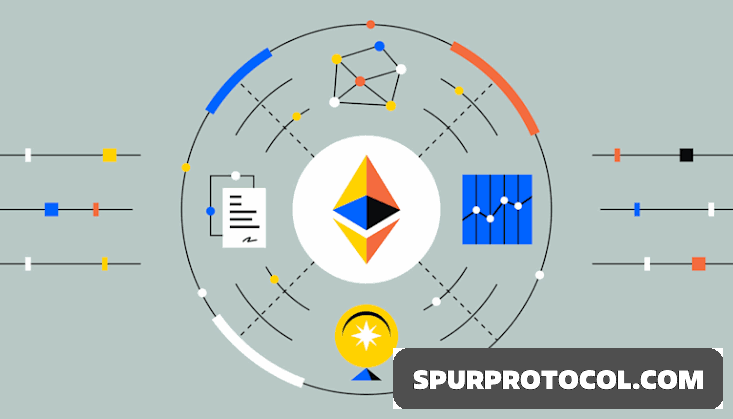What Is Sharding And How Does It Work?
What is crypto sharding and how does it work?
Go Back

🕒 8:10 PM
📅 Mar 16, 2025
✍️ By Princeland
Sharding is a scalability solution for blockchain networks that involves dividing the network into smaller, independent pieces called shards. Each shard processes a subset of transactions, allowing the network to process multiple transactions in parallel, increasing overall throughput.
Here's how sharding works:
1. Network division: The blockchain network is divided into smaller shards, each with its own set of nodes.
2. Transaction allocation: Transactions are allocated to specific shards based on the sender's or recipient's address.
3. Shard processing: Each shard processes its allocated transactions independently, using its own set of nodes.
4. Cross-shard communication: Shards can communicate with each other to enable cross-shard transactions.
5. Global state: A global state is maintained to ensure consistency across all shards.
Sharding offers several benefits, including:
1. Increased scalability: Sharding allows the network to process multiple transactions in parallel, increasing overall throughput.
2. Improved performance: By processing transactions independently, shards can respond faster to user requests.
3. Enhanced security: Sharding can make it more difficult for malicious actors to launch attacks on the network, as they would need to compromise multiple shards.
However, sharding also presents some challenges, such as:
1. Complexity: Implementing sharding can be complex, requiring significant changes to the underlying blockchain protocol.
2. Inter-shard communication: Enabling cross-shard communication can be challenging, requiring careful design and implementation.
3. Global state management: Maintaining a consistent global state across all shards can be difficult, requiring sophisticated algorithms and data structures.
Several blockchain projects, such as Ethereum, Polkadot, and Near Protocol, are exploring sharding as a scalability solution. While sharding is still an emerging technology, it has the potential to significantly improve the scalability and performance of blockchain networks.

